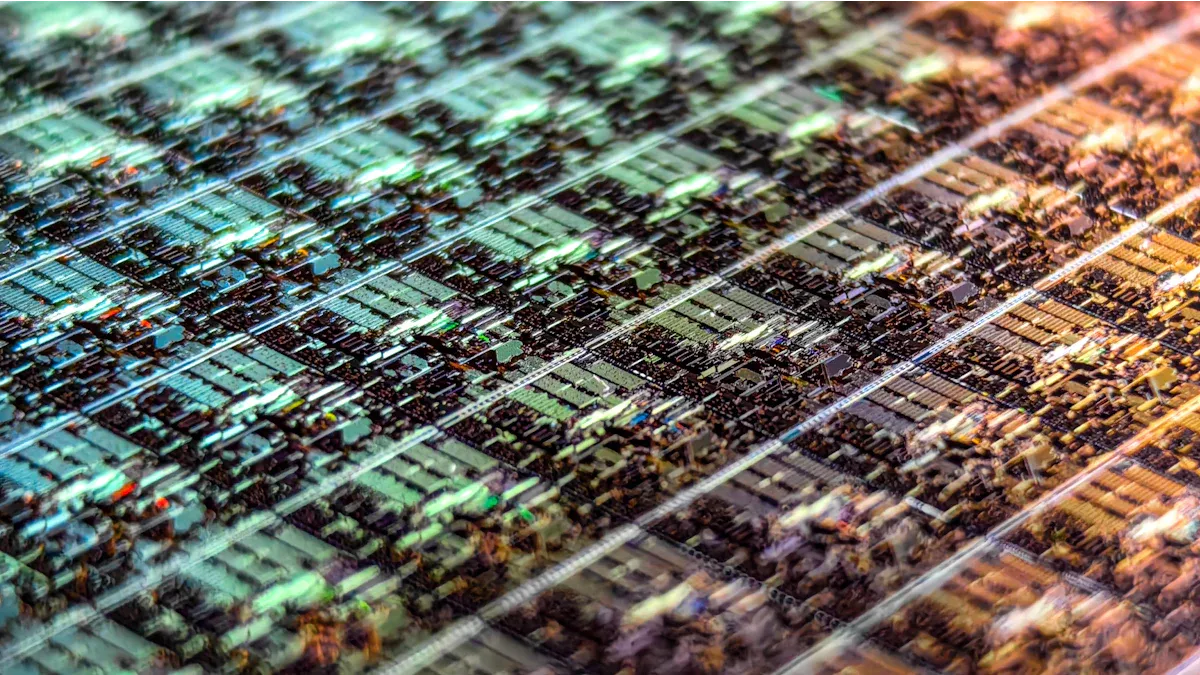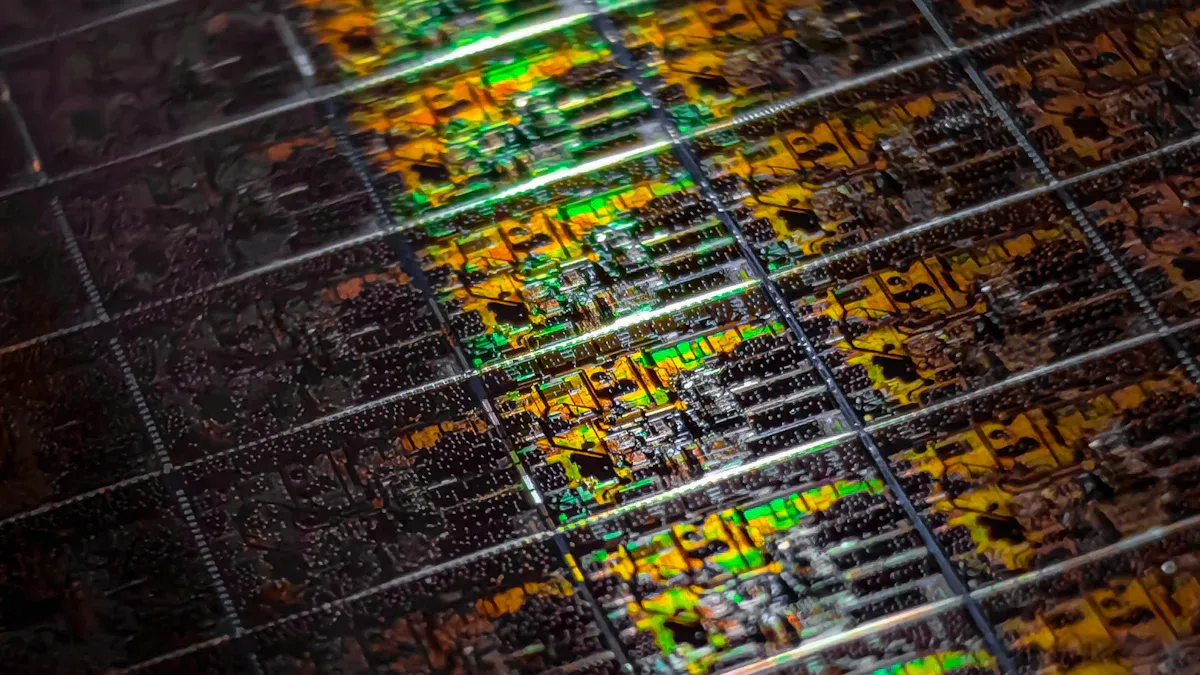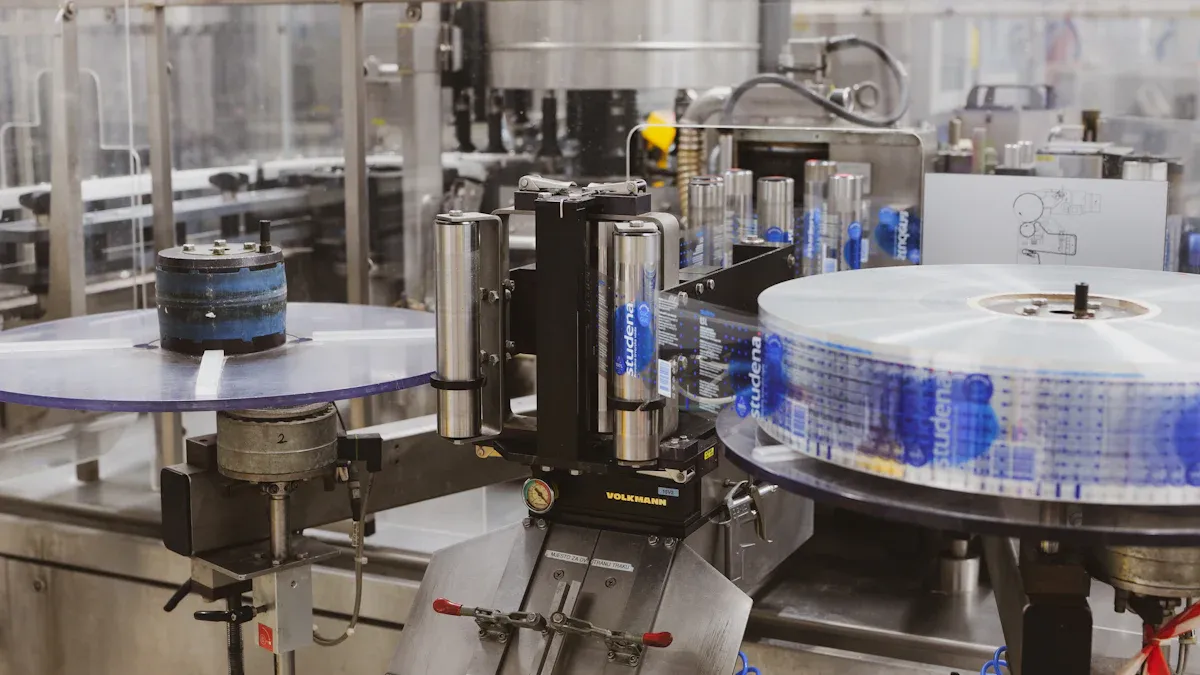
For semiconductor manufacturing, you need materials capable of enduring extreme demands. SIC Coating provides exceptional durability, standing strong against wear even under intense conditions. Its chemical stability guarantees resistance to degradation in harsh environments. Utilizing cvd coating ensures precise application while reducing contamination risks. Additionally, TAC COATING boosts performance, promoting safer and cleaner wafer handling processes.
Key Takeaways
- CVD SiC coating is very strong, making tools last longer.
- This coating handles heat and chemicals well, working in tough conditions.
- SiC coating has a smooth surface, stopping contamination and keeping wafers clean.
Key Advantages of SIC Coating

Durability and Wear Resistance
When handling wafers, you need materials that can withstand constant use without breaking down. SIC Coating offers exceptional durability, making it ideal for environments where tools face repeated stress. Its wear resistance ensures that surfaces stay intact even after prolonged exposure to abrasive conditions. This means fewer replacements and less downtime for your equipment.
SIC Coating also protects against mechanical damage caused by frequent handling. Unlike other materials, it resists scratches and dents, preserving the integrity of your wafer-handling tools. By choosing this coating, you ensure your equipment lasts longer and performs consistently.
Chemical and Thermal Stability
Semiconductor fabs often operate under extreme conditions. You need materials that can endure high temperatures and exposure to aggressive chemicals. SIC Coating excels in both areas. It maintains its structure and performance even when exposed to corrosive substances, ensuring your tools remain reliable.
Thermal stability is another critical advantage. SIC Coating can handle rapid temperature changes without cracking or deforming. This makes it perfect for processes that involve heating and cooling cycles. With this coating, you avoid the risks associated with thermal stress, ensuring smooth operations in your fab.
Contamination Prevention
Contamination is a major concern in semiconductor manufacturing. Even the smallest particles can compromise wafer quality. SIC Coating minimizes this risk by providing a non-porous surface that resists particle buildup. Its smooth finish prevents contaminants from sticking, keeping your wafers clean during handling.
Additionally, SIC Coating reduces chemical interactions that could lead to contamination. Its inert nature ensures that it doesn’t react with the materials it comes into contact with. By using this coating, you create a safer and cleaner environment for your wafers, improving overall production quality.
SIC Coating vs. Alternative Materials

Limitations of Common Alternatives
When selecting materials for wafer handling, you might encounter several common options like quartz, aluminum oxide, and graphite. While these materials have their uses, they often fall short in demanding semiconductor environments.
Quartz, for instance, is prone to cracking under thermal stress. Rapid temperature changes can cause it to expand and contract unevenly, leading to fractures. This makes it unreliable for processes involving frequent heating and cooling cycles.
Aluminum oxide offers decent durability but struggles with chemical resistance. Exposure to corrosive substances can degrade its surface over time, compromising its performance. Additionally, it lacks the wear resistance needed for prolonged use in abrasive conditions.
Graphite, though lightweight, has significant drawbacks. Its porous structure makes it susceptible to particle buildup, increasing the risk of contamination. Furthermore, it cannot withstand high temperatures without losing its structural integrity.
These limitations highlight the need for a material that combines durability, chemical resistance, and thermal stability.
Why SIC Coating Outperforms
SIC Coating addresses the shortcomings of alternative materials, making it the superior choice for wafer handling. Its unmatched durability ensures that your tools can withstand repeated use without wearing down. Unlike quartz, it resists cracking under thermal stress, maintaining its integrity even during rapid temperature changes.
The chemical resistance of SIC Coating sets it apart from aluminum oxide. It remains unaffected by corrosive substances, ensuring long-lasting performance in harsh environments. This reliability reduces the need for frequent replacements, saving you time and money.
SIC Coating also solves the contamination issues associated with graphite. Its non-porous surface prevents particle buildup, keeping your wafers clean and free from defects. This feature is critical for maintaining the high standards required in semiconductor manufacturing.
By choosing SIC Coating, you gain a material that excels in every aspect. It combines durability, chemical resistance, and thermal stability, ensuring optimal performance in your fab.
Cost-Effectiveness of SIC Coating
Long-Term Reliability
When you invest in SIC Coating, you choose a solution designed to last. Its exceptional durability ensures that your wafer-handling tools remain functional for extended periods. Unlike other materials, it resists wear and tear, even in demanding environments. This reliability reduces the need for frequent replacements, saving you both time and resources.
SIC Coating also maintains its performance under extreme conditions. Whether exposed to high temperatures or corrosive chemicals, it retains its structural integrity. This consistency means you can rely on your equipment to perform without interruptions. Over time, this long-term reliability translates into significant cost savings for your semiconductor fab.
Reduced Maintenance Costs
Maintenance can be a major expense in semiconductor manufacturing. Frequent repairs and replacements disrupt operations and increase costs. SIC Coating minimizes these issues by offering superior resistance to damage. Its non-porous surface prevents particle buildup, reducing the need for cleaning and maintenance.
Additionally, the coating’s chemical and thermal stability ensures that your tools remain in excellent condition. You won’t have to worry about cracks, corrosion, or other forms of degradation. This durability means fewer maintenance cycles and lower overall costs. By choosing SIC Coating, you streamline your operations and improve efficiency, all while keeping expenses under control.
CVD SiC coating stands out as the best solution for wafer handling in semiconductor fabs. You benefit from its unmatched durability, which ensures long-lasting performance. Its chemical resistance and thermal stability protect your tools in extreme conditions. By preventing contamination, it safeguards wafer quality. This cost-effective choice helps you optimize manufacturing processes while reducing maintenance needs.
FAQ
What makes CVD SiC coating better than other coatings?
CVD SiC coating offers superior durability, chemical resistance, and thermal stability. It outperforms alternatives by reducing contamination risks and ensuring long-lasting performance in semiconductor fabs.
Can CVD SiC coating handle extreme temperatures?
Yes, it can. CVD SiC coating withstands rapid temperature changes without cracking or deforming. This makes it ideal for processes involving heating and cooling cycles.
How does CVD SiC coating prevent contamination?
Its non-porous surface resists particle buildup and chemical interactions. This ensures a cleaner environment for wafers, improving production quality and reducing defects.


